2025 Top Solutions for Internal Pipe Repair: Innovations and Best Practices
As we move toward 2025, the field of internal pipe repair continues to witness groundbreaking innovations and best practices aimed at enhancing the efficiency and effectiveness of infrastructure maintenance. According to a recent report by the American Society of Civil Engineers (ASCE), it is estimated that the nation will require an investment of over $4 trillion by 2025 to upgrade aging water and wastewater systems. In this context, the techniques for internal pipe repair are becoming increasingly critical, not only for extending the lifespan of existing pipelines but also for reducing the costs and impact associated with external excavation and disruption.
Industry expert Dr. Emily Hargrove, a renowned figure in the field of infrastructure engineering, emphasizes the significance of these advancements by stating, "The future of internal pipe repair lies in our ability to adopt innovative technologies that prioritize sustainability and efficiency." Her insights align with the growing recognition within the industry that modern solutions, such as trenchless technology and robotic inspection systems, are fundamentally reshaping how we approach the maintenance and rehabilitation of piping systems.
This article aims to explore the top solutions for internal pipe repair anticipated for 2025, focusing on emerging technologies and proven methodologies that promise to revolutionize this essential sector. By understanding these developments, stakeholders can better prepare for the challenges ahead and contribute to a more sustainable infrastructure landscape.
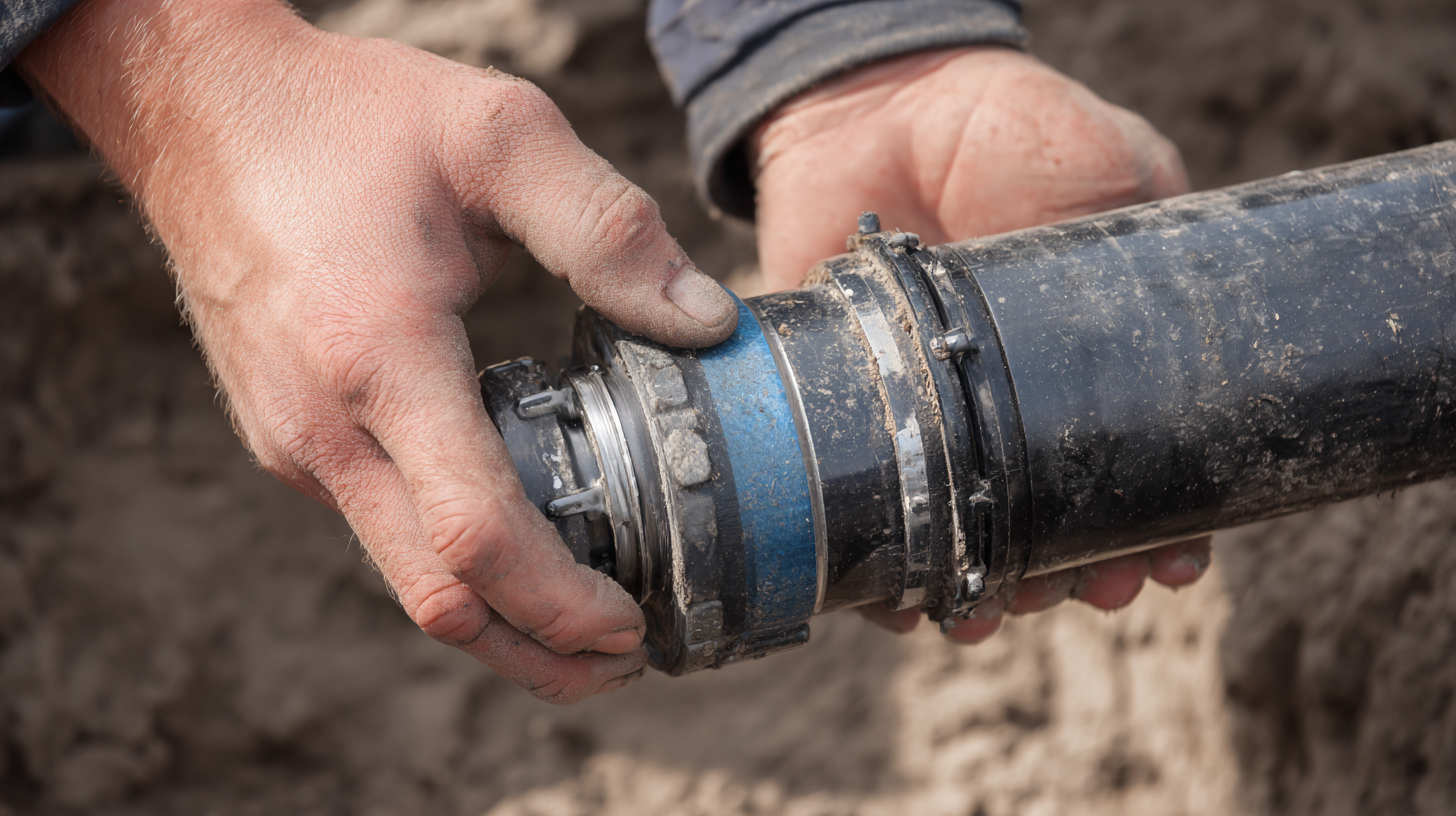
Emerging Technologies for Effective Pipe Repair Solutions in 2025
In 2025, the landscape of internal pipe repair is set to be revolutionized by a number of emerging technologies that promise to enhance efficiency and effectiveness. A report by the International Society for Trenchless Technology emphasizes that advancements such as robotic inspection systems and smart pipe rehabilitation technologies will play a pivotal role in addressing the challenges of aging infrastructure. These innovations not only reduce the need for extensive excavation but also minimize disruption to surrounding areas, which has been a significant concern in urban environments.
Additionally, the integration of Artificial Intelligence (AI) in predictive maintenance is transforming the approach towards pipe repair. According to a study from the American Water Works Association, AI algorithms can analyze vast amounts of data from sensor networks, predicting potential failures before they occur. This proactive stance enables utilities to schedule repairs more effectively, reducing emergency response costs by up to 30%. As we move forward in 2025, the combination of robotics, AI, and advanced materials will undoubtedly establish new benchmarks for internal pipe repair practices, enhancing both sustainability and reliability in public and private sectors alike.
Smart Materials: Enhancements in Pipe Repair Durability and Efficiency
The growing need for reliable internal pipe repair solutions has led to significant advancements in the use of smart materials. These materials, which can adapt to changing environmental conditions and stresses, are becoming essential in the construction and maintenance sectors. According to a 2022 report by the Global Pipe Repair Industry Association, the utilization of smart materials has increased the durability of pipe repairs by up to 30%, reducing the overall lifecycle costs by 25%. This enhancement is particularly relevant for aging infrastructure, where traditional repair methods often fall short.
Innovations such as self-healing polymers and shape-memory alloys are revolutionizing the standards for pipe repair. Self-healing polymers, for instance, can autonomously seal small leaks, thereby minimizing downtime and maintenance costs. The American Society of Civil Engineers reported that integrating these advanced materials can lead to a 20% increase in efficiency during the installation and repair processes. As industries confront the challenges posed by old and deteriorating pipelines, the strategic adoption of such smart materials demonstrates a forward-thinking approach to sustainability and operational efficiency.
Innovative Robotic Systems for Precision Pipe Rehabilitation
In 2025, innovative robotic systems are transforming the realm of internal pipe rehabilitation, particularly addressing the critical issue of underground water pipe leaks. Researchers have developed miniature robots capable of navigating within water pipes to detect and repair leaks without the need for excavation. This technological advancement not only conserves water but also minimizes disruption to urban infrastructures, marking a significant leap forward in efficient pipeline management.
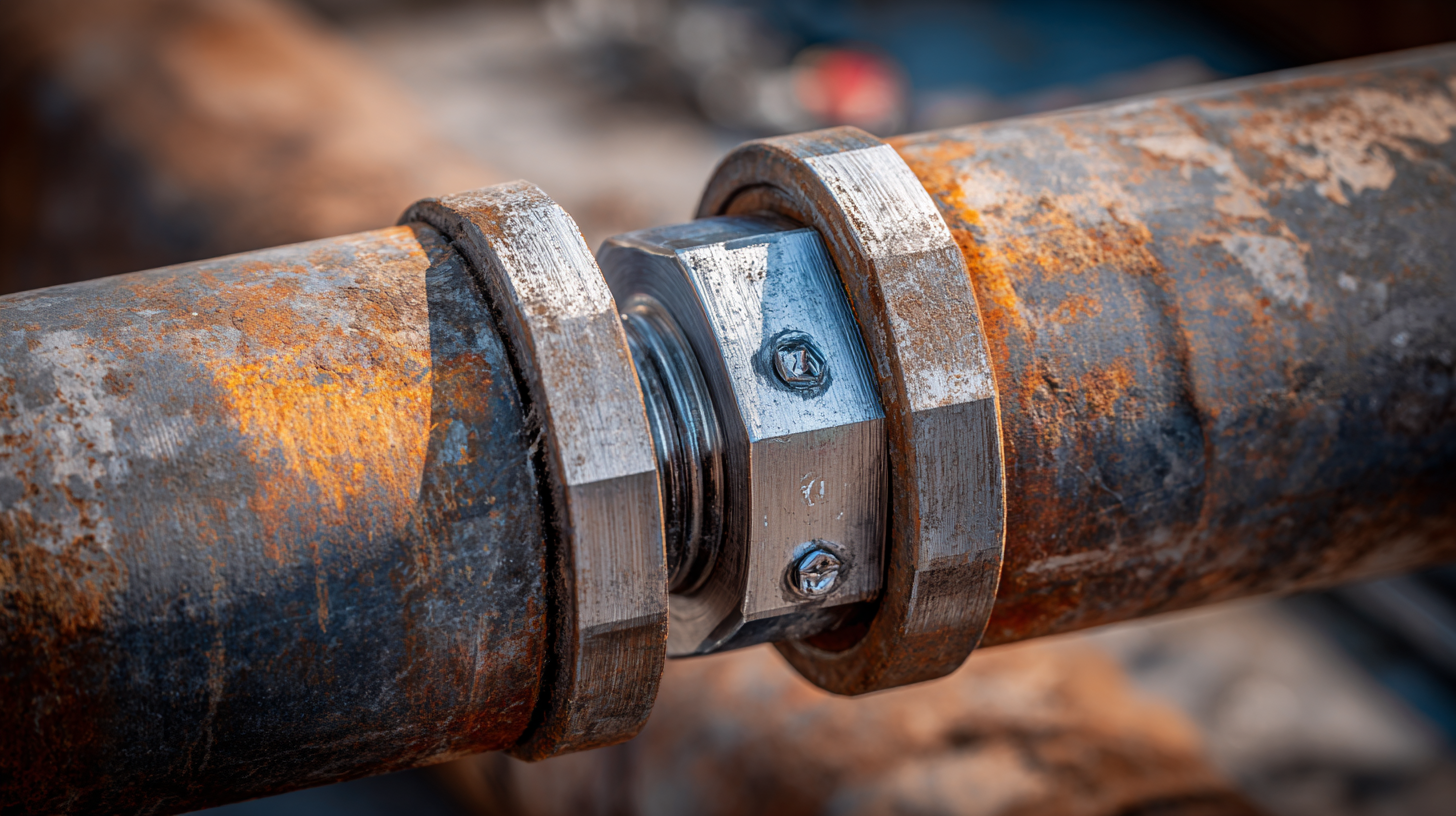
Moreover, the integration of automation in pipeline construction is reshaping traditional practices, enhancing outcomes through precise inspection and welding processes. The automation promises to reduce human error and increase safety during inspections. As the industry continues to evolve, the combination of intelligent robotics and advanced monitoring systems is poised to revolutionize the way internal pipes are maintained, ensuring longevity and sustainability in critical water distribution networks.
Sustainable Practices and Eco-Friendly Materials in Pipe Repairs
In recent years, the focus on sustainable practices and eco-friendly materials in internal pipe repair has gained momentum. According to market research, the concrete repair systems market is projected to grow significantly, reaching approximately $16.74 billion by 2031, up from $11.1 billion in 2024, with a compound annual growth rate (CAGR) of 6.05%. This remarkable growth reflects the increasing demand for sustainable solutions that not only enhance the durability of infrastructure but also minimize environmental impact.
Utilizing eco-friendly materials in pipe repairs has shown to improve efficiency and reduce waste. Innovative techniques, such as trenchless technology, allow for minimal disruption to the surrounding environment while ensuring effective maintenance. Additionally, integrating recycled materials into repair methodologies contributes to a circular economy, reducing reliance on virgin resources.
Tips for Sustainable Pipe Repair:
- Opt for materials that are certified as eco-friendly and contain recycled content.
- Implement trenchless repair techniques to limit excavation and reduce site disturbance.
- Regularly maintain and inspect your piping systems to prevent leaks and reduce the need for more extensive repairs in the future.
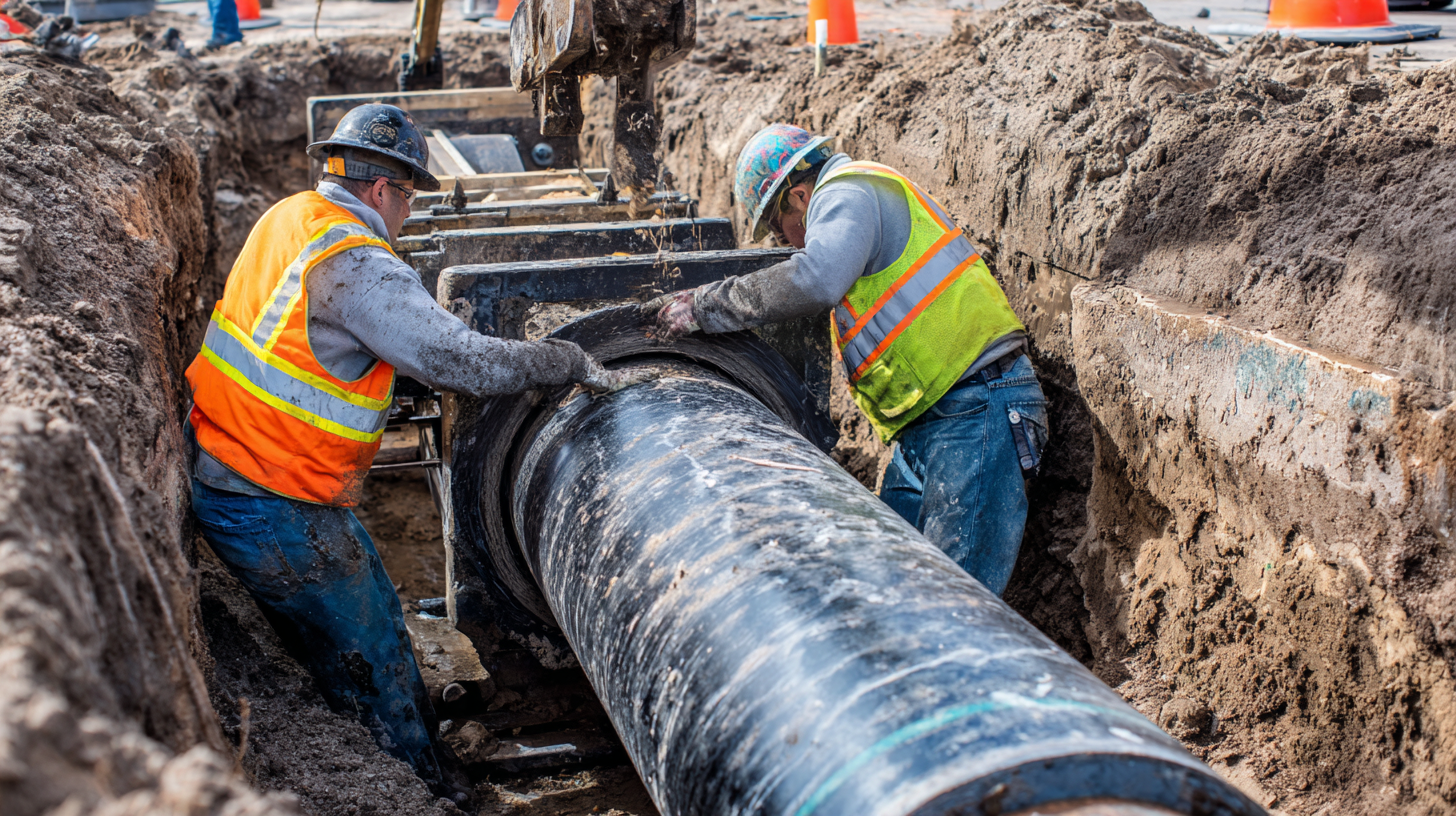
Case Studies: Successful Implementation of Modern Pipe Repair Techniques
In the realm of internal pipe repair, modern techniques are becoming essential as infrastructure demands evolve. Case studies like the successful implementation of trenchless repair technologies exemplify innovative approaches to addressing pipe deterioration. For instance, in Chongqing, a DN2000 rainwater pipeline experienced collapse issues that were efficiently resolved using centrifugal spray lining—a method that proves both time-efficient and minimizes excavation disruption. This project not only restored functionality but also highlighted the environmental benefits of using minimally invasive repair solutions, aligning with global sustainable practices.
The continuous advancements in micro-invasive techniques are also noteworthy. The Dahl concept, utilized in dental applications, underscores the efficacy of composite resins in non-invasive repairs, offering insights applicable to pipe restoration strategies. By adopting similar innovative methodologies, companies can enhance service longevity and environmental safety. Recent reports indicate that organizations embracing modern, sustainable practices in their repair methodologies achieve a lower carbon footprint, promoting a greener approach in the global infrastructure landscape. As such, learning from these case studies can guide practitioners in implementing best practices that meet both operational efficiency and ecological responsibility.
2025 Top Solutions for Internal Pipe Repair: Innovations and Best Practices
| Technique | Materials Used | Repair Time (Hours) | Cost Estimate ($) | Success Rate (%) | Case Study Reference |
|---|---|---|---|---|---|
| Epoxy Coating | Epoxy Resin | 4 | 500 | 95 | Study A |
| Cured-in-Place Pipe (CIPP) | Fiberglass and Resin | 8 | 1500 | 90 | Study B |
| Sliplining | PVC Pipes | 12 | 2000 | 85 | Study C |
| Pipe Bursting | HDPE | 24 | 3000 | 92 | Study D |
| Trenchless Technology | Steel or PVC | 36 | 5000 | 88 | Study E |
Related Posts
-
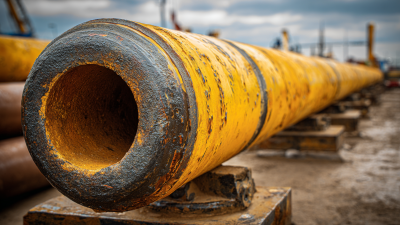
Revolutionizing Pipe in Pipe Repair Techniques with Advanced Leak Detection Data
-

How to Effectively Utilize Pipe in Pipe Repair Techniques for Long-lasting Solutions
-

Unlocking the Advantages of No Dig Sewer Repair for Modern Infrastructure
-

7 Essential Tips for Effective Sewer Pipe Sleeve Repair Techniques
-
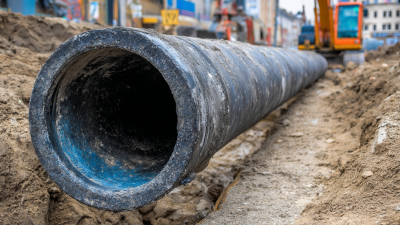
How to Choose the Right Sewer Pipe Sleeve for Your Plumbing Needs
-
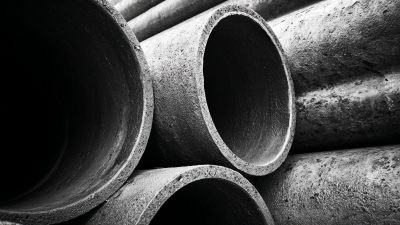
Complete Guide to Efficient CIPP Pipe Repair Techniques for Modern Infrastructure

